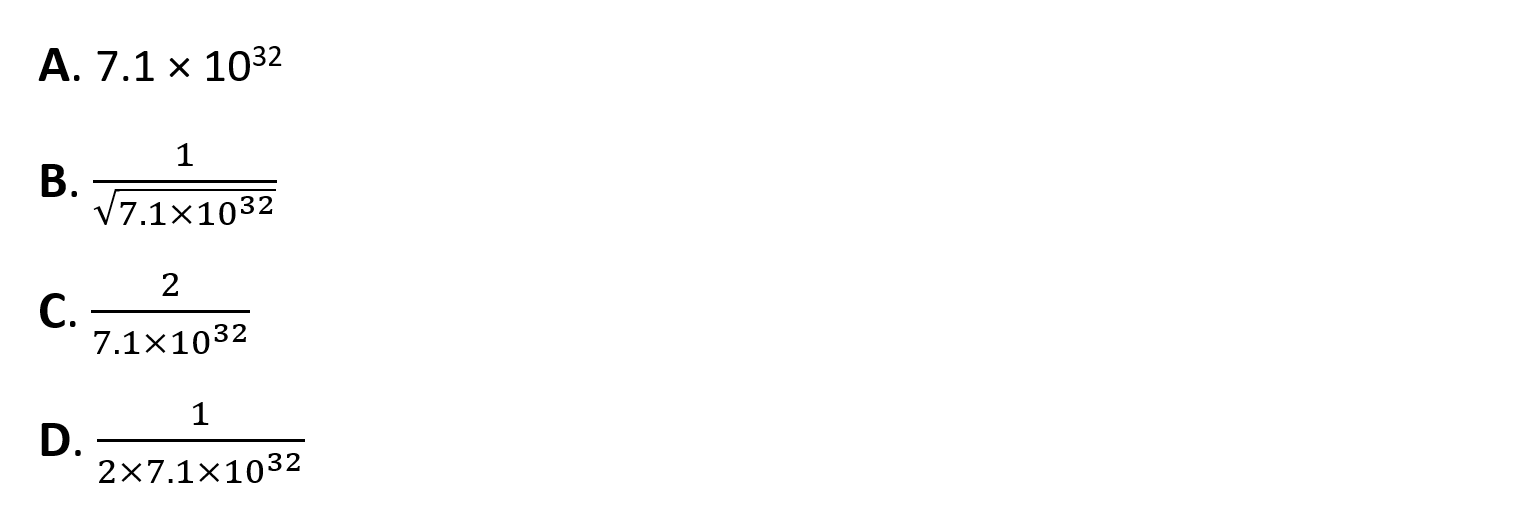- 翰林提供学术活动、国际课程、科研项目一站式留学背景提升服务!
- 400 888 0080
IB DP Chemistry: HL复习笔记7.1.3 Equilibrium Constant Relationships
Equilibrium Constant Relationships
In the previous section we saw that the concentrations of the substances are raised to the power of the coefficients from the balanced equation
This means the Kc expression is dependent on a specific equation
For example, take the reaction between nitrogen and hydrogen to make ammonia
½N2(g) + 1½H2(g) ⇌ NH3(g)
The Kc expression for this reaction is:

If you double the stoichiometry the equation becomes
N2(g) + 3H2(g) ⇌ 2NH3(g)
The new Kc expression for this reaction is then:

What is the relationship between these two Kc values? You can probably see that when we double the coefficient the new Kc is the square of the original value:

If we reverse the equation:
2NH3(g) ⇌ N2(g) + 3H2(g)
Kc becomes the reciprocal of the original Kc value:

Test your understanding in the following example:
Worked Example
Kc for 2NO2 (g) + F2 (g) ⇌ 2NO2F (g) is 7.1 × 1032What is Kc for the following reaction, at the same temperature?
NO2F (g) ⇌ NO2 (g) + ½F2 (g)

Answer:
The correct option is B.
The original equation has been reversed and halved, so the Kc value must be square rooted and inverted to obtain the reciprocal
Exam Tip
You must use square brackets in equilibrium constant expressions as they have a specific meaning, representing concentrations. In an exam answer you would lose the mark if you used round brackets
转载自savemyexams

在线登记
最新发布
翰林课程体验,退费流程快速投诉邮箱: yuxi@linstitute.net 沪ICP备2023009024号-1








